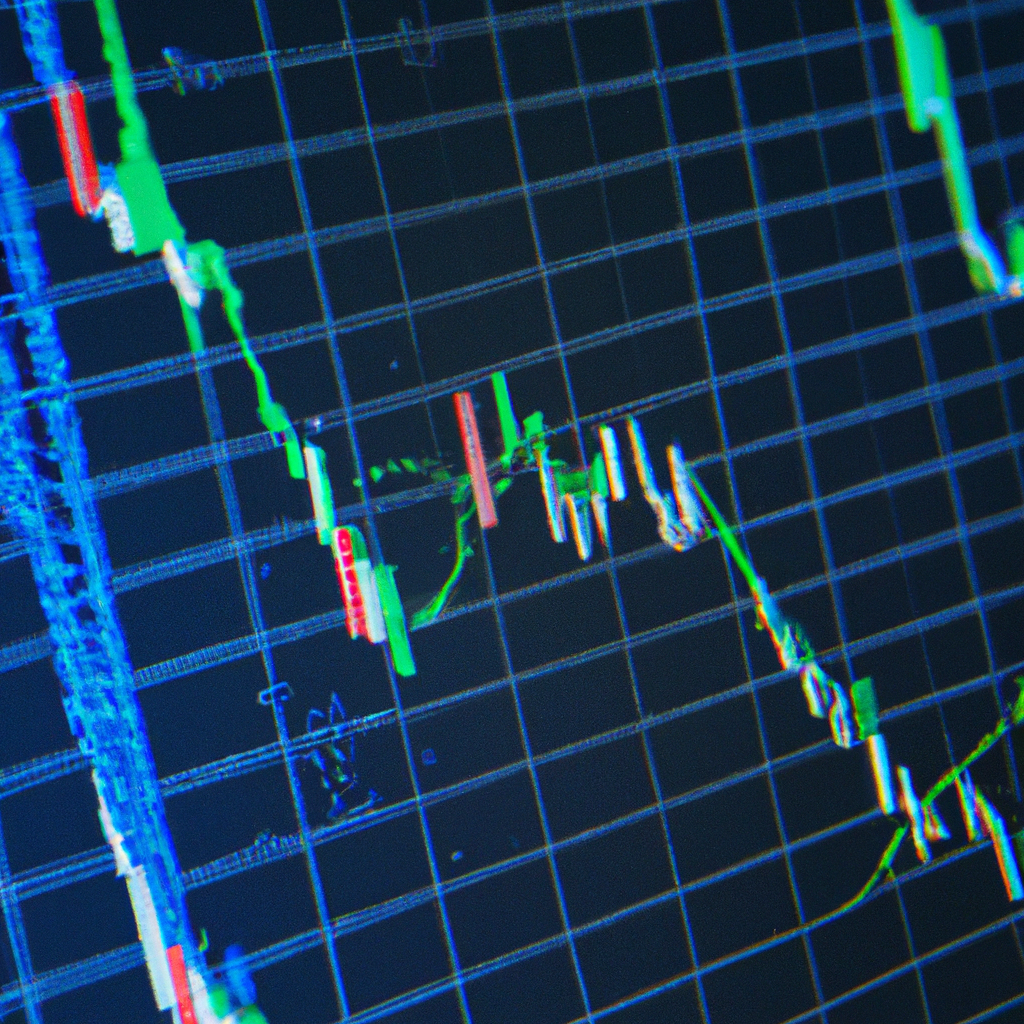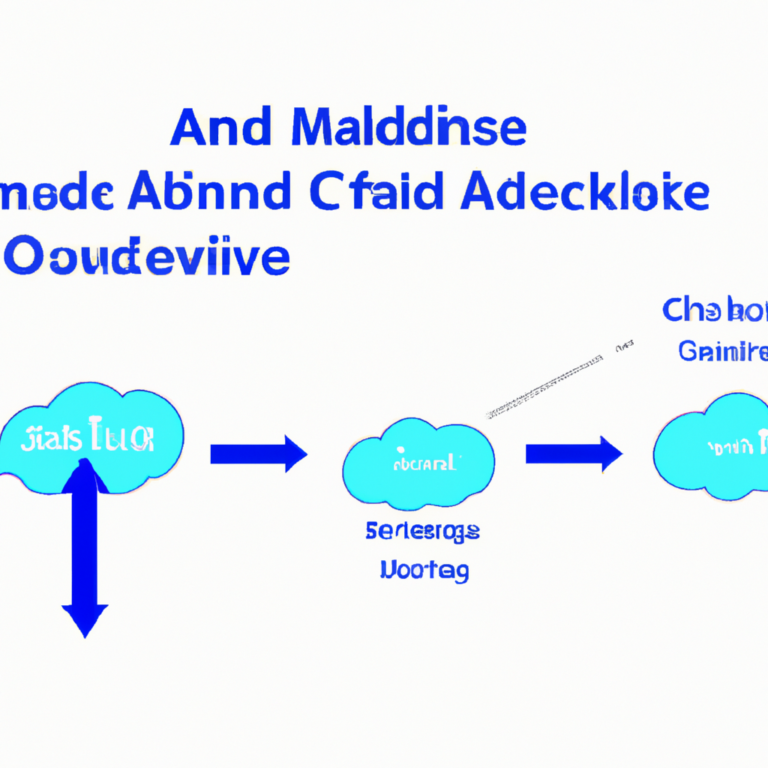Mastering Algorithmic Trading with Technical Indicators
Algorithmic trading has become a cornerstone of the modern financial markets, enabling traders and institutions to execute orders at lightning speed with unparalleled efficiency. At its core, algorithmic trading involves using computer algorithms to buy or sell securities on an exchange. A critical component of these algorithms is the use of technical indicators, mathematical calculations based on the price, volume, or open interest of a security or contract. By integrating technical indicators, traders can refine their strategies, making decisions not on gut feeling, but on quantitative data. This article delves into the fundamentals of algorithmic trading with technical indicators, exploring its benefits, challenges, and key strategies for success.
Understanding Algorithmic Trading
Algorithmic trading, also known as algo-trading, automates the trading process by following a set of predefined instructions for placing trades. The goal is to achieve speed and efficiency that human traders cannot match, often aiming to capitalize on small price differences at a very high volume. Algorithmic trading is used in various financial instruments, including stocks, futures, forex, and cryptocurrencies.
The Role of Technical Indicators in Algo-Trading
Technical indicators are pivotal in developing algorithmic trading strategies. These indicators analyze past and current price action to forecast future market movements. They are classified into two main types: leading indicators, which predict future price movements, and lagging indicators, which provide confirmations based on past price movements.
Popular Technical Indicators for Algorithmic Trading
Several technical indicators are widely used in the creation of algorithmic trading strategies. Understanding these can give you a significant edge in the market.
Moving Averages (MA)
Moving averages smooth out price data to identify trends. The two most common types, the Simple Moving Average (SMA) and the Exponential Moving Average (EMA), weigh data points differently, with the EMA giving more weight to recent prices.
Relative Strength Index (RSI)
The RSI is a momentum oscillator that measures the speed and change of price movements on a scale of 0 to 100. Typically, an asset is considered overbought when the RSI is above 70 and oversold when it’s below 30, signaling potential reversal points.
MACD – Moving Average Convergence Divergence
This indicator is used to identify moving averages that indicate a new trend, whether it’s bullish or bearish. It consists of the MACD line, signal line, and the histogram, which represents the distance between the MACD line and the signal line.
Building an Algorithmic Trading Strategy
Creating a successful algorithmic trading strategy with technical indicators involves several steps, from conceptualization to testing and implementation.
Define Your Strategy
Begin by defining clear, objective rules for entry, exit, and money management. For instance, a strategy could be to enter a trade when the EMA crosses above the SMA and exit when it crosses below.
Backtesting
Before going live, it’s crucial to backtest your strategy against historical data to assess its viability. This process involves simulating your strategy’s performance using past market data to see how it would have done.
Live Testing
Following successful backtesting, the next step is to test your strategy in a live market environment with minimal risk. This phase helps identify any unforeseen issues in a real-world scenario.
Optimization
After live testing, analyze the strategy’s performance and adjust parameters as needed. Optimization is a continuous process to refine and adapt the algo-trading strategy to changing market conditions.
Challenges and Considerations
While algorithmic trading with technical indicators can be highly profitable, it’s not without challenges. Market conditions can change rapidly, leading to the potential for significant losses. Overfitting, where a strategy works well on historical data but fails in a live market, is a common pitfall. Additionally, technical issues such as connectivity problems or system failures can disrupt trading.
Conclusion
Algorithmic trading with technical indicators offers a systematic approach to trading that can significantly increase efficiency and profitability. By understanding and applying these tools effectively, traders can develop sophisticated trading strategies that outperform traditional manual trading methods. However, success requires thorough backtesting, constant optimization, and a keen awareness of the challenges involved. With diligence and the right approach, the world of algorithmic trading opens up vast opportunities for those willing to delve into its complexities.










